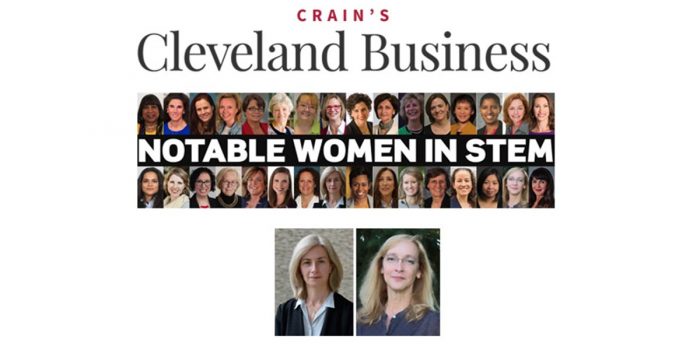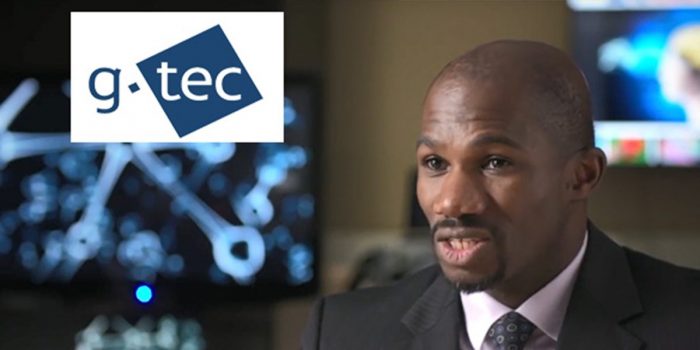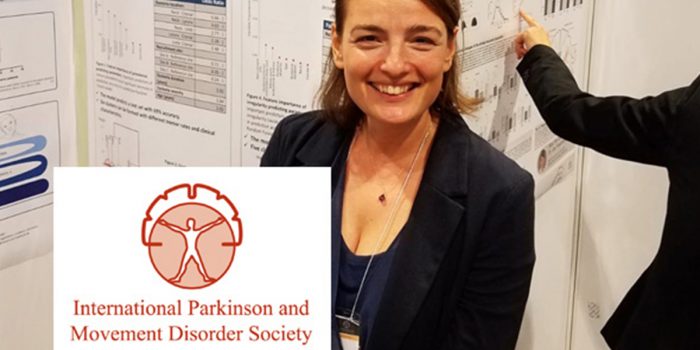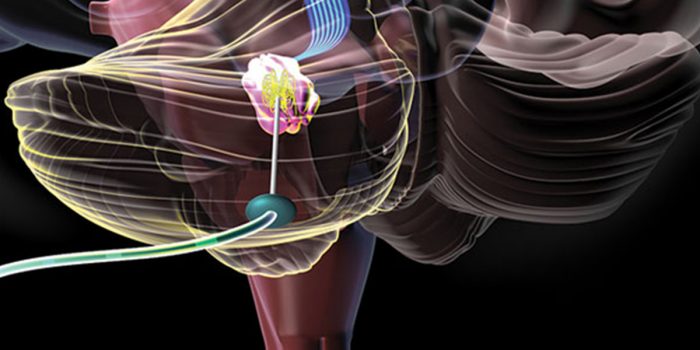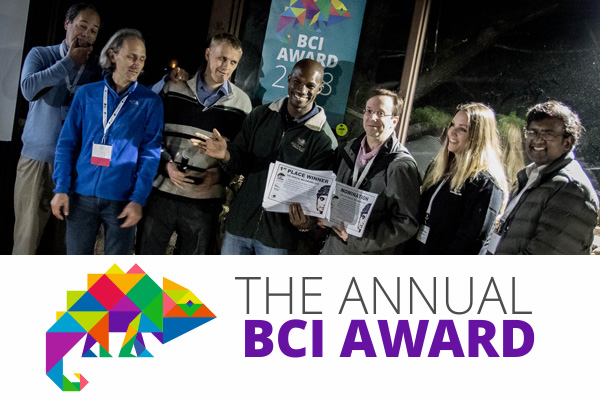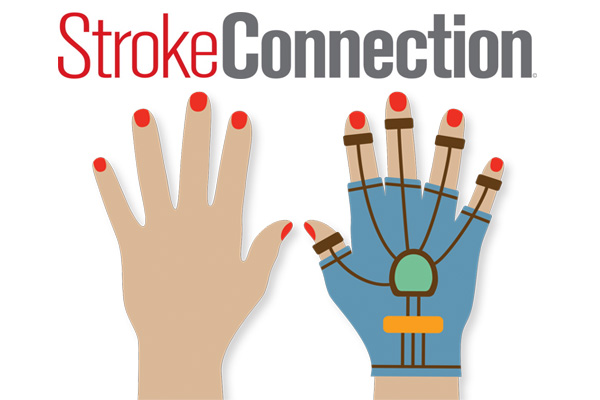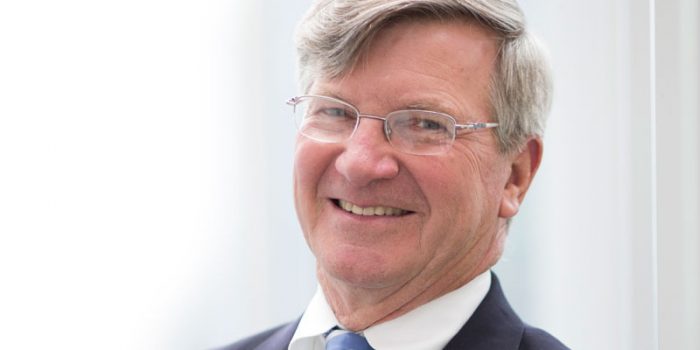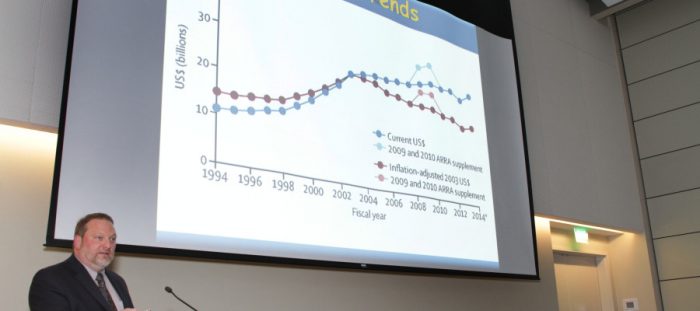Notable Women in STEM
The exceptional women featured in these profiles bring a broad range of skills, talent and innovations to bear on the fields of science, technology, engineering and mathematics. Thanks to their leadership, mentoring and example, young women throughout Northeast Ohio and beyond can envision and secure a future for themselves in STEM.

